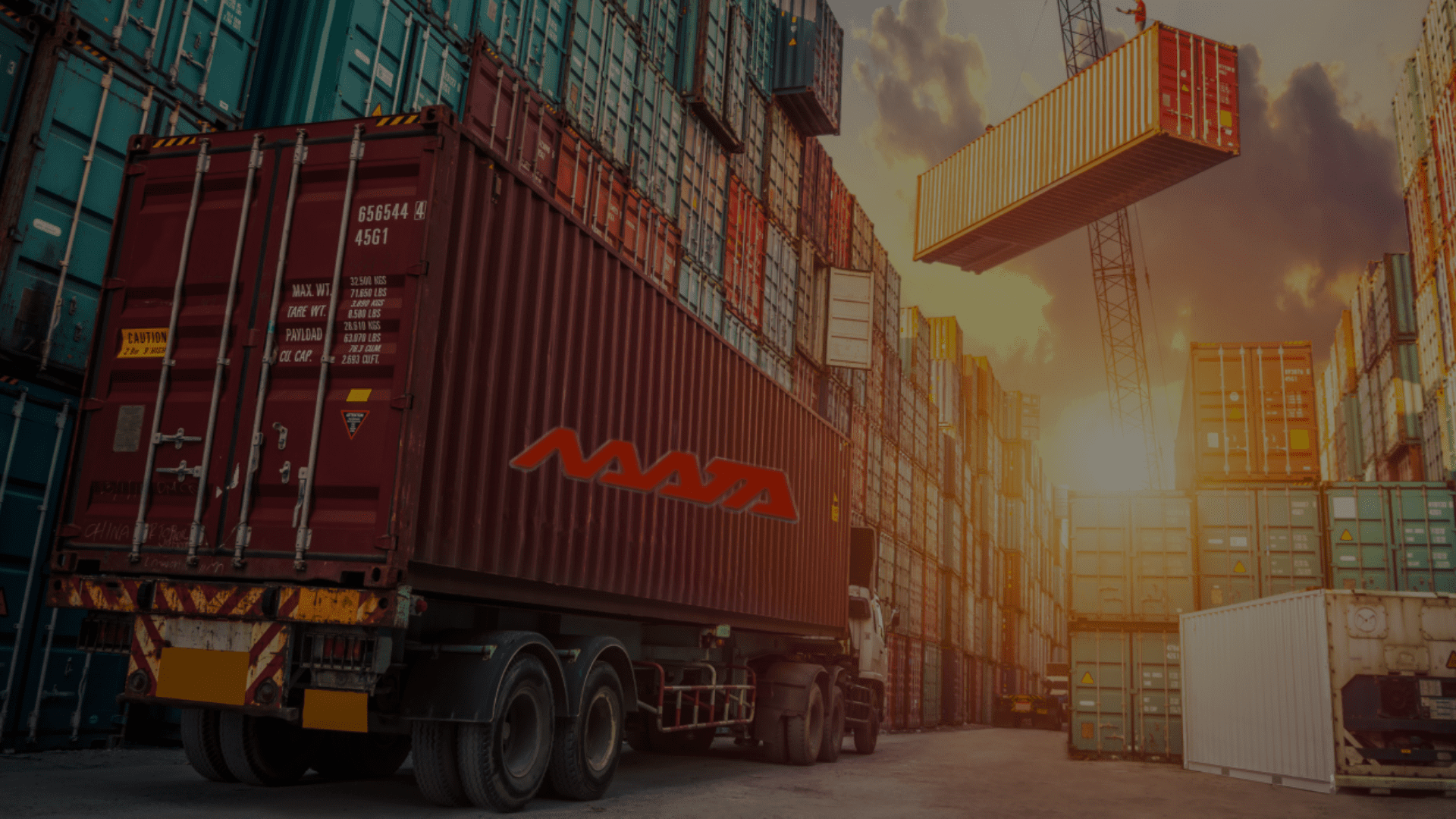Multimodal Transportation: Definition, Benefits & Difference Between Intermodal Transport
Table of Contents
What is Multimodal Transport?
These days, shippers may choose from a broad range of shipping and transportation options to assist them to transfer their products around the globe. But sometimes just one means of transport will do to get your cargo where it needs to go. Maybe your merchandise is being shipped or flown in from another area of the globe. Transporting the cargo involves land, air, and sea transport. Therefore, shippers often use many means of transit in order to deliver their cargo on time.
Shipping products using a combination of several transportation methods is referred to as multimodal transportation. There is only ever one bill of lading for a multimodal shipment since the various modes of transport are covered under a single contract.
It’s not uncommon for a single shipment to entail many modes of transportation, such as a train, an airplane, and a truck. These are the three transportation modalities that make up a whole delivery.
An individual company, known as a multimodal transport operator or provider, is responsible for all aspects of multimodal transport. Shippers that choose multimodal transport still only have to deal with one supplier, even if they may use a number of different carriers or contractors to get the task done.
Also Read: Last Mile Delivery: The Complete Guide

What are the benefits of multimodal transport?
When it comes to fulfilling contractual responsibilities, multimodal shipping simplifies the whole procedure. Here are the benefits of multimodal transport:
Saves Time
Shipping companies in a multimodal system coordinate between all modes of transport. You may reduce the time it takes for your freight to arrive by dealing with only one provider. By using many modes of transportation, shippers can rest easy knowing their packages will arrive safely and quickly. Multimodal transportation systems also boost output. It’s far simpler to run a company when one person is in charge of the complete transportation chain rather than having to juggle many phone calls.
Communication
Clearer communication is the deciding factor between multimodal and intermodal movement. Freight operations are already challenging when just one carrier firm or service has to be contacted. Delays in loading and shipping may result from having to coordinate with several carriers.
Better transportation management and fewer work for your legal team’s contracts department are also benefits of using a single contract for the whole relocation.
Cost Efficiency
Intuitively, it could make more sense to go with the least expensive shipping companies. Though the cheapest choice isn’t always the safest or most dependable, With multimodal shipping, you may save time and effort by enlisting the help of a freight broker. You may save money by using a 3PL’s knowledge to negotiate with a reputable multimodal carrier for the best possible pricing.
Accessibility
Unless you’re transporting delicate goods across the ocean or any kind of freight across the ocean, which requires movement between ports, keeping the cargo in a single container makes it more difficult for the carriers to reach the cargo. In the meanwhile, using a variety of modes of transportation simultaneously implies that each method will have its own set of limitations.
Stress Free
You just have to deal with one shipping company from start to finish if you choose door-to-door service. When businesses use multimodal shipping, they just have to deal with one shipping service provider and one set of shipping terms. You may streamline your company’s supply chain by forming a partnership with a single carrier to handle all of your shipments.
Faster Transportation
Recent limitations limiting truckers’ ability to log substantial amounts of driving time have slowed the pace of certain overland shipments. Having many means of transportation covered under a single agreement provides both peace of mind and a more even distribution of travel time. This will prevent drivers from spending too much time on the road and will prevent delivery delays. Improved freight tracking is another perk of using a speedier mode of transportation. Tracking your package is easier and more effective when it’s traveling quickly.

What is the difference between multimodal and intermodal transport?
The terms “intermodal” and “multimodal” both imply the use of more than one mode of travel. However, the two forms of transportation, intermodal and multimodal, are distinct in a number of ways. With intermodal shipping, each leg of your journey is handled by a separate company. As a result, you have a plethora of shipping invoices and reports, one for each step in the chain.
Like multimodal transportation, intermodal transport involves using more than one mode of transportation to convey goods (in this case, FEU and TEU containers) from point A to point B. In contrast to multimodal transportation, in which all modes are operated by the same company, in this scenario, the carriers are separate. As opposed to multimodal transportation, which just needs a single contract, this approach necessitates separate agreements for each leg of the trip.
Intermodal transport may include more than one method of transportation, such as train, ship, and truck. While the cost of intermodal transport is lower than that of multimodal transport, significant time is required for carrier negotiations. Safer, less time-consuming, and more efficient transport is possible with intermodal transportation.
When businesses choose multimodal shipping, they just have to deal with one source for all of their shipping needs, eliminating the hassle of juggling many contacts. Timely deliveries are only one of the many benefits of multimodal transport, with sophisticated tracking capabilities.

Thanks For Reading: Multimodal Transportation: Definition, Benefits & Difference Between Intermodal Transport
Powered By 360Presence




